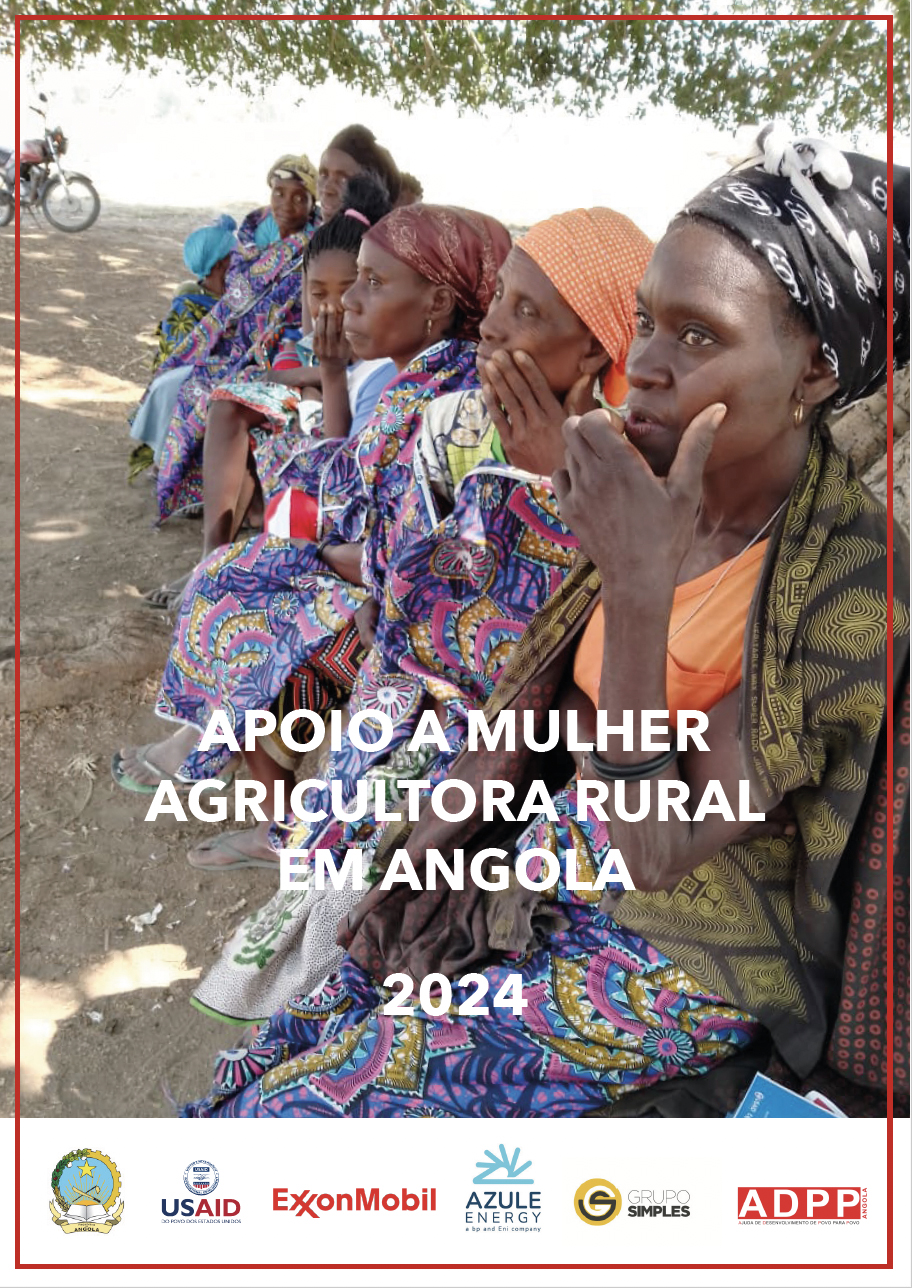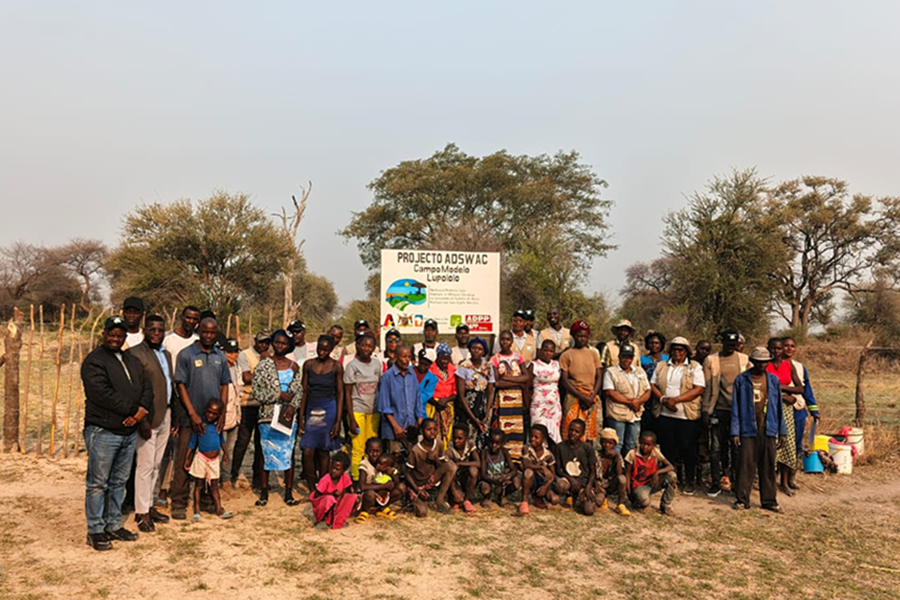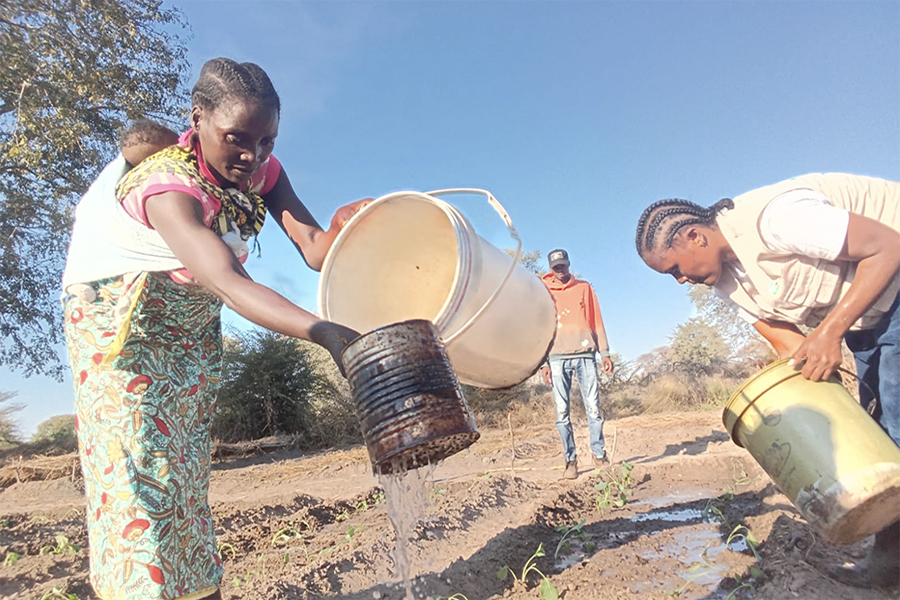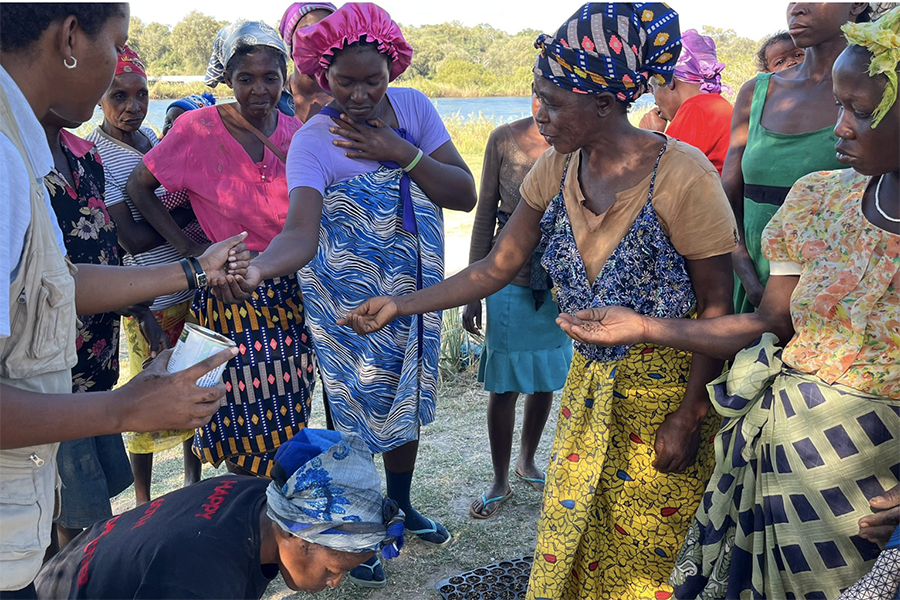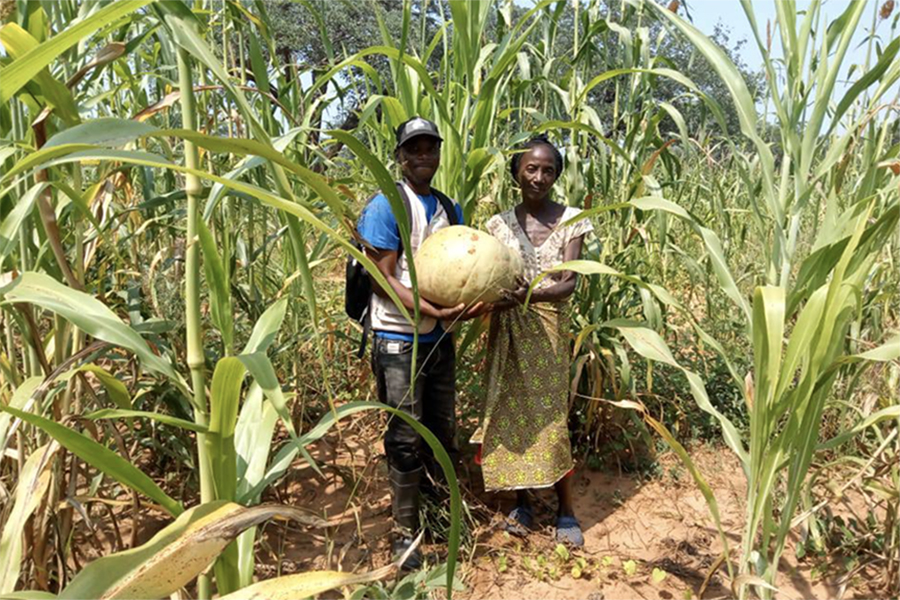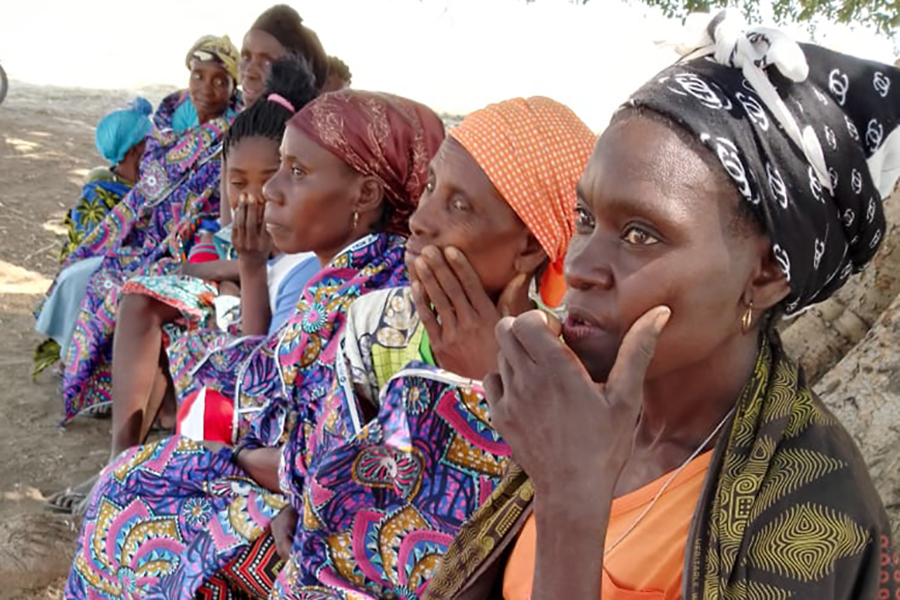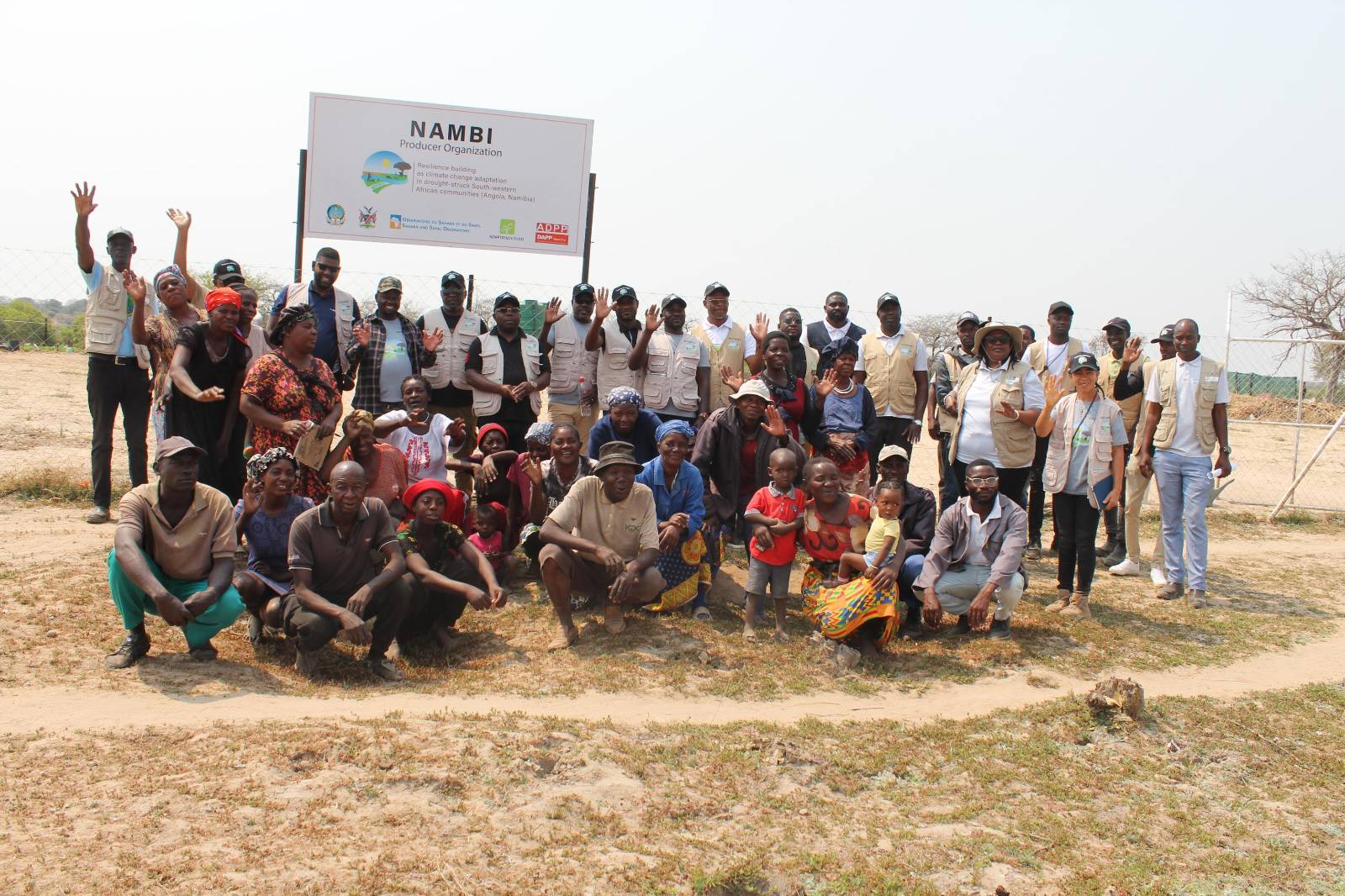
A delegação do Comité Regional de Pilotagem do Projecto ADSWAC realizou, de 26 a 29 de agosto, uma missão de campo em Angola e na Namíbia, no âmbito da sua 4ª reunião ordinária, que teve lugar na cidade de Rundu.
O objectivo foi avaliar a execução do projecto, identificar desafios, propor soluções conjuntas e acompanhar de perto as actividades desenvolvidas nos (PO) organizações de produtores nos dois países.
A reunião de Rundu juntou representantes dos Ministérios do Ambiente de Angola e da Namíbia, dos Governos Provinciais do Okavango, Cuando e Cubango, da Administração Municipal do Calai, do GABHIC e da Comissão Permanente da OKACOM. Estiveram igualmente presentes representantes nacionais da ADPP Angola e da DAPP Namíbia, além da equipa técnica do ADSWAC.
Missão em Angol
Em Angola, a delegação trabalhou no município do Calai, província do Cubango. Os membros foram recebidos pelo administrador adjunto, José Kamuanga, que destacou a importância da visita e reafirmou o compromisso da administração em apoiar iniciativas de desenvolvimento local.
A missão incluiu uma visita às obras do Centro Regional de Acção para Alteração Climática, em construção, que terá como finalidade promover investigação, capacitação de boas práticas de adaptação climática.
Ainda no Calai, a delegação visitou a Organização de Produtores do Lupololo, onde constatou avanços no trabalho agrícola comunitário, considerado essencial para reforçar a segurança alimentar, a sustentabilidade ambiental e o desenvolvimento socioeconómico da região.
Missão na Namíbia
Na Namíbia, os membros do comité deslocaram-se às comunidades de Rugcuza, Nambi e Ruparo, onde visitaram organizações de produtores e interagiram directamente com agricultores locais. O intercâmbio serviu para avaliar progressos, trocar experiências e consolidar o diálogo em torno das estratégias de resiliência às alterações climáticas.
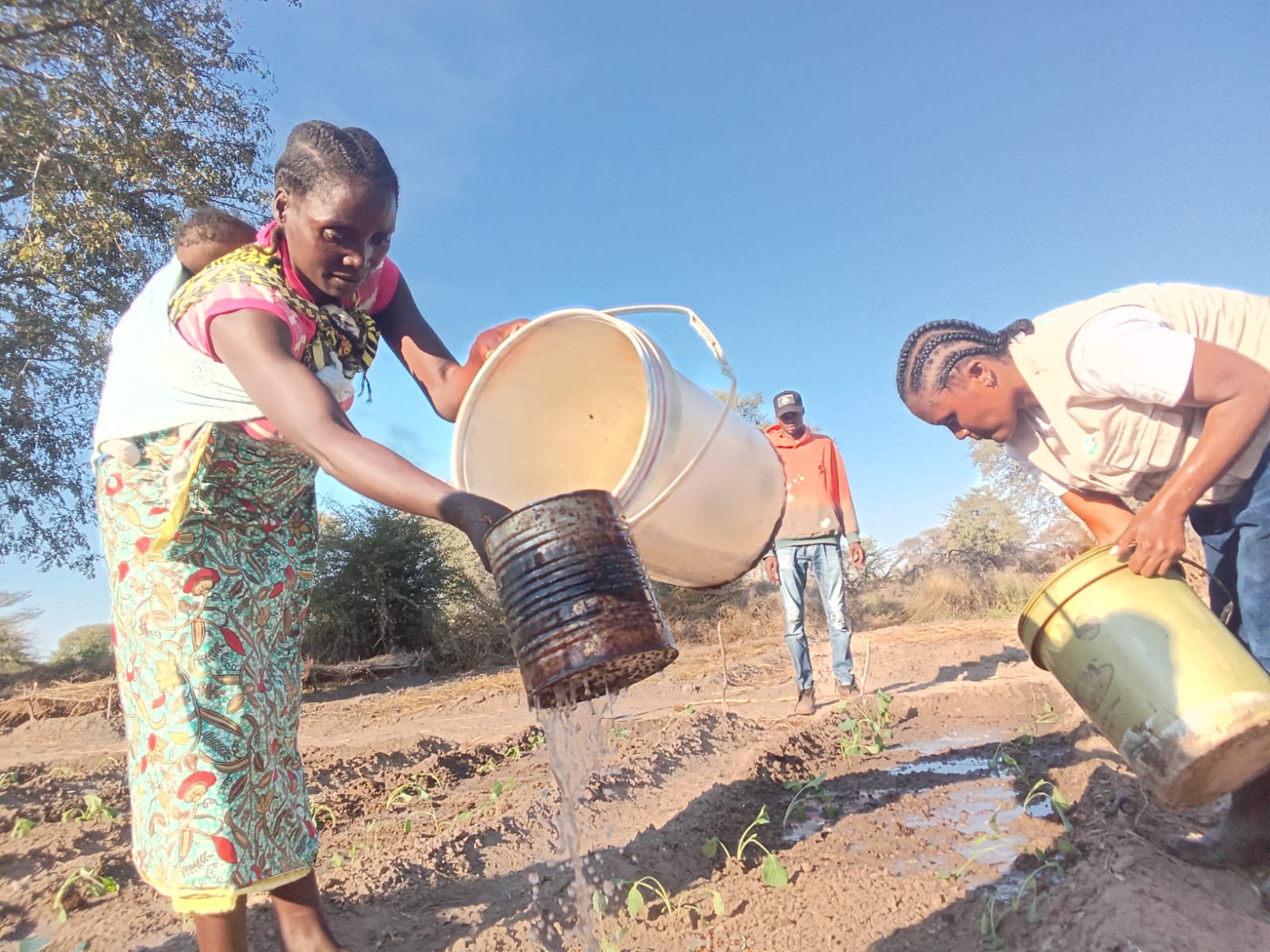
No âmbito da Actividade 3123 do projecto ADSWAC, a Entidade Executora Nacional (NEE) Dirico está a implementar acções voltadas para o estabelecimento de viveiros e bancos de sementes, com vista a reforçar a resiliência ambiental e a segurança alimentar das comunidades locais.
Na Organização de Produtores (PO) n.º 4, localizada em Tune, foi criado um viveiro comunitário com diversas espécies frutíferas e medicinais, nomeadamente limoeiro, maracujá e moringa. A iniciativa envolveu activamente os membros da comunidade, que receberam formação prática sobre técnicas de produção e manutenção de viveiros, contribuindo assim para a sustentabilidade das práticas agrícolas locais.
Paralelamente, no município do Dirico, teve início um ciclo de formações destinado às Organizações de Produtores, abordando temas como os sistemas de armazenagem agrícola e a selecção de sementes apropriadas para a época das chuvas. As sessões utilizaram exemplos práticos ajustados ao contexto local, promovendo a adopção de soluções eficazes e adaptadas às realidades do território.
No município do Calai, a Organização de Produtores de Lupololo concluiu a elaboração do seu Plano de Acção para a Adaptação Comunitária (CAAP), representando um passo decisivo no fortalecimento da resiliência local e na implementação de medidas concretas de adaptação às alterações climáticas.
Ainda no Calai, decorreu o 1.º Encontro sobre o Plano de Acção da Adaptação Comunitária, durante o qual foram apresentados os seis passos essenciais para a sua construção. Os principais temas discutidos incluíram:
- Compreensão das alterações climáticas;
- Análise do contexto local e identificação das mudanças observadas;
- Diagnóstico das causas e definição de soluções para os principais problemas.
Estas acções inserem-se no âmbito do projecto ADSWAC Angola – Namíbia, que visa capacitar as comunidades fronteiriças para enfrentar os desafios impostos pelas alterações climáticas, promovendo práticas sustentáveis e a integração do conhecimento tradicional com abordagens inovadoras.

O projecto ADSWAC está a impulsionar o desenvolvimento agrícola e comunitário em Angola por meio de acções estratégicas e sustentáveis. A equipa técnica do projecto beneficiou de uma formação intensiva em gestão, liderança e planeamento estratégico, com o objectivo de melhorar a eficácia das intervenções nas comunidades. Em Cuangar, agricultores têm adotado a compostagem orgânica como prática para melhorar a fertilidade dos solos, aumentar a produtividade e reforçar a resiliência climática. Além disso, o ADSWAC continua a apoiar soluções locais para reduzir perdas pós-colheita e combater a insegurança alimentar em zonas rurais, promovendo a sustentabilidade e a segurança alimentar. Saiba mais sobre ADSWAC Angola clicando em https://www.adswac.org
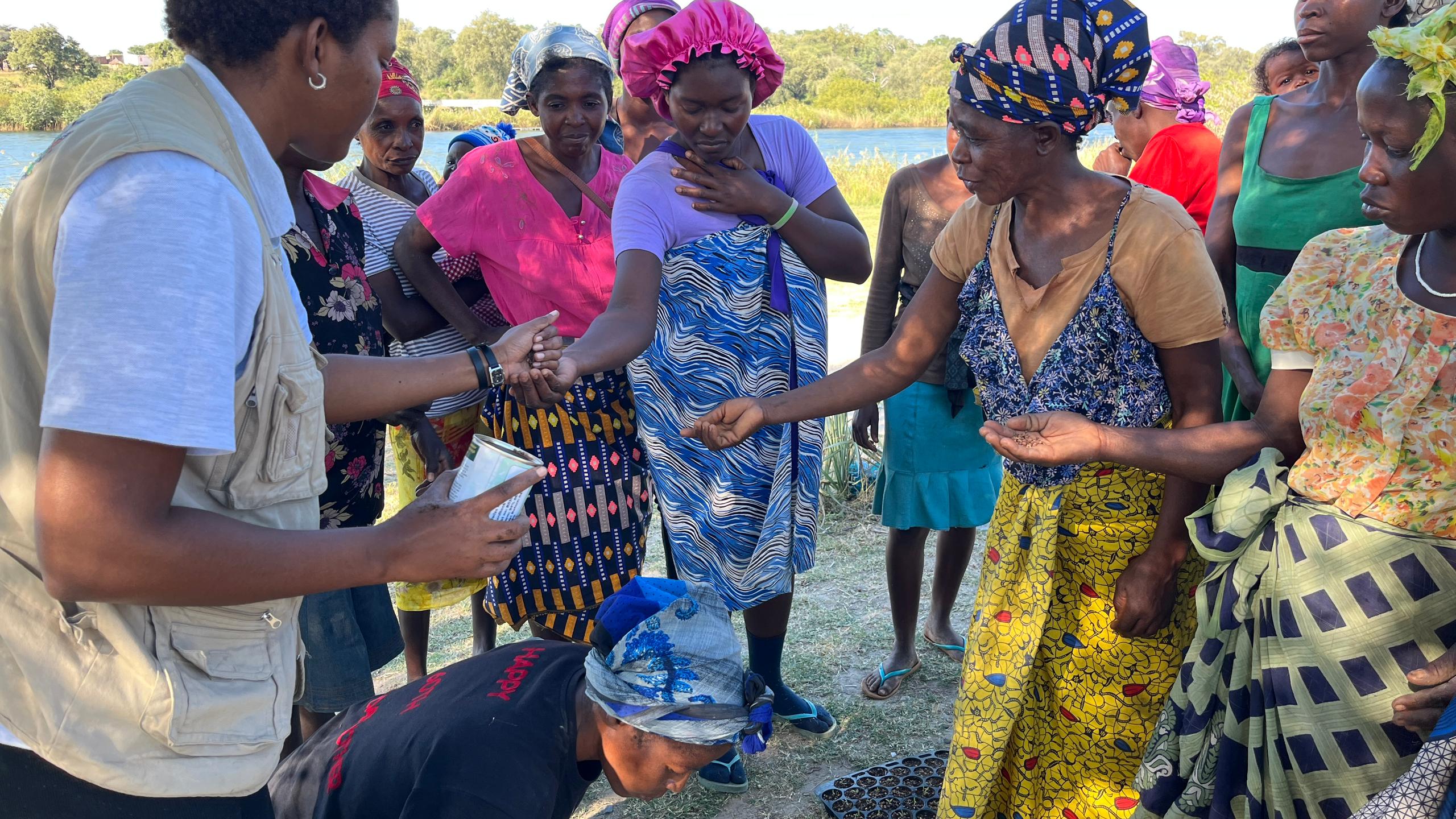
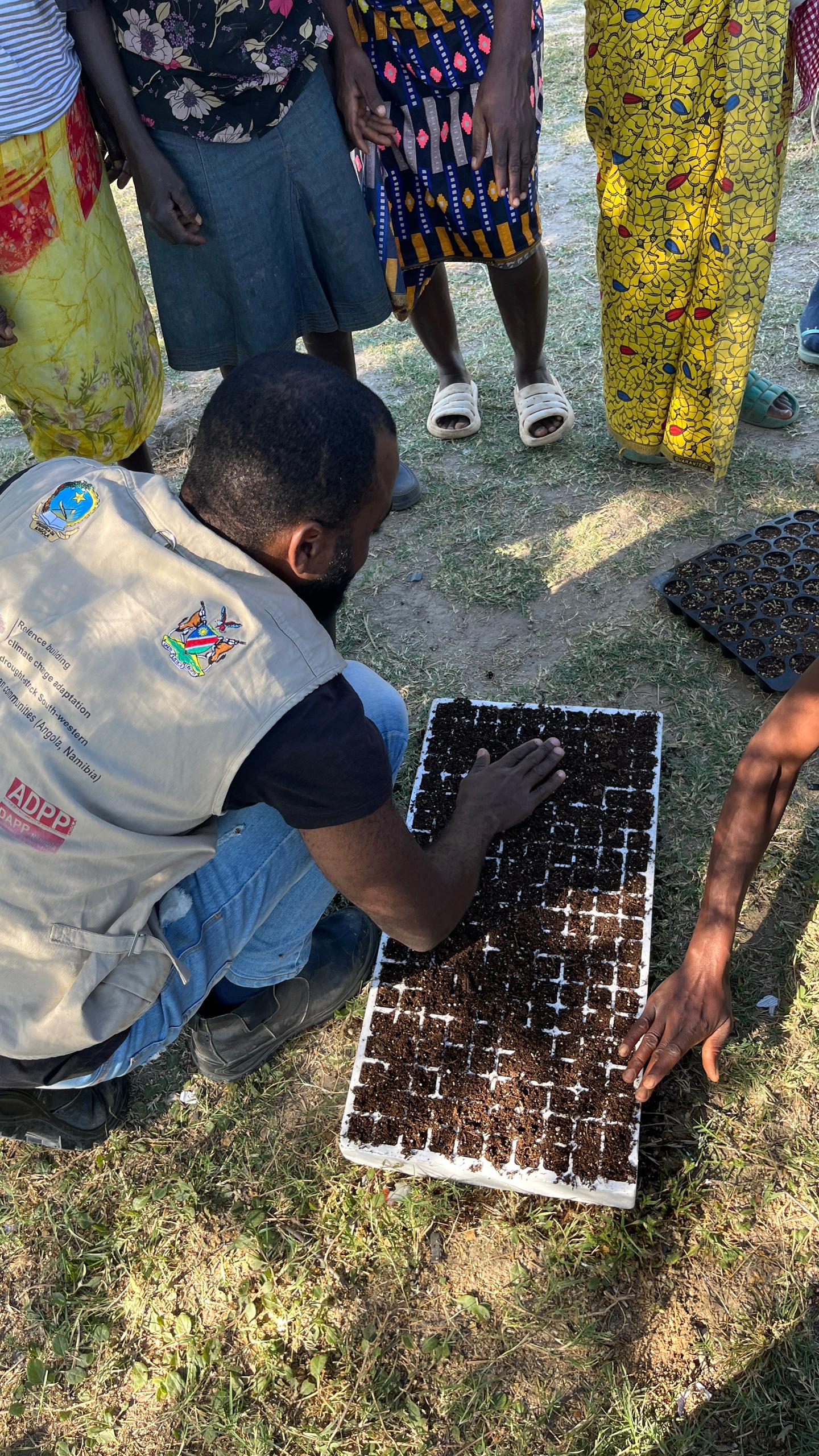
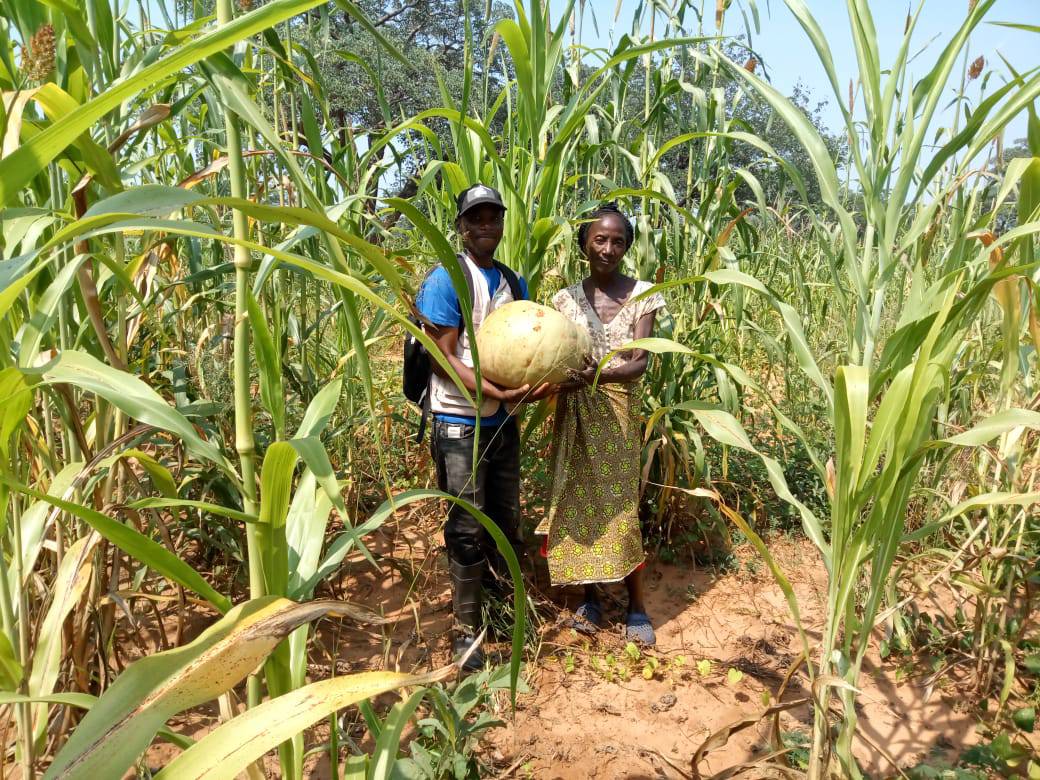
A nível dos três municípios alvo de angola, o ADSWAC adota uma abordagem estruturada, participativa e sustentável para fortalecer a segurança alimentar. A iniciativa tem como foco principal a redução das perdas pós-colheita, a melhoria da qualidade dos alimentos armazenados, o aumento da renda familiar e a promoção da segurança alimentar.
No município de Cuangar o projecto capacitou comunidades vulneráveis com conhecimentos práticos, permitindo que enfrentem de forma eficaz os desafios agrícolas e climáticos característicos da região. Através da capacitação contínua de membros de organizações de produtores e das comunidades locais, o projecto cobre todas as etapas da cadeia produtiva, desde a preparação do solo até a colheita e o armazenamento adequado dos produtos.
Nas comunidades de Aironga e 17 de Setembro, cerca de 80 produtores participam activamente das actividades formativas, tanto em sessões colectivas quanto em atendimentos individualizados (como treinamentos e encontros comunitários). Os conteúdos das formações são adaptados à realidade local, com foco no aproveitamento dos recursos disponíveis na própria comunidade.
As técnicas transmitidas visam prevenir perdas causadas por pragas, doenças, atrasos na colheita e armazenamento inadequado. Além disso, os participantes são capacitados para calcular reservas alimentares considerando padrões climáticos irregulares, garantindo abastecimento mesmo durante períodos prolongados de seca.
O projecto também inclui formação em seleção e conservação de sementes, criação de bancos comunitários de sementes e estratégias de acesso a mercados, promovendo a valorização dos produtos e a comercialização dos excedentes.
Dessa forma, o projecto ADSWAC consolida-se como uma iniciativa de referência na promoção da segurança alimentar e no fortalecimento da resiliência das comunidades rurais face às mudanças climáticas, contribuindo significativamente para o desenvolvimento sustentável nas regiões do Cuando e Cubango.
Saiba mais sobre o projecto aqui:
https://www.adswac.org/pt/
A mulher agricultora rural em Angola é fundamental para o desenvolvimento das comunidades. Estas histórias de sucesso mostram como, com apoio e capacitação, é possível superar desafios e transformar vidas!
Clique para ler o história de sucesso.
